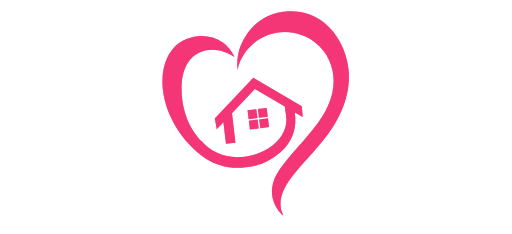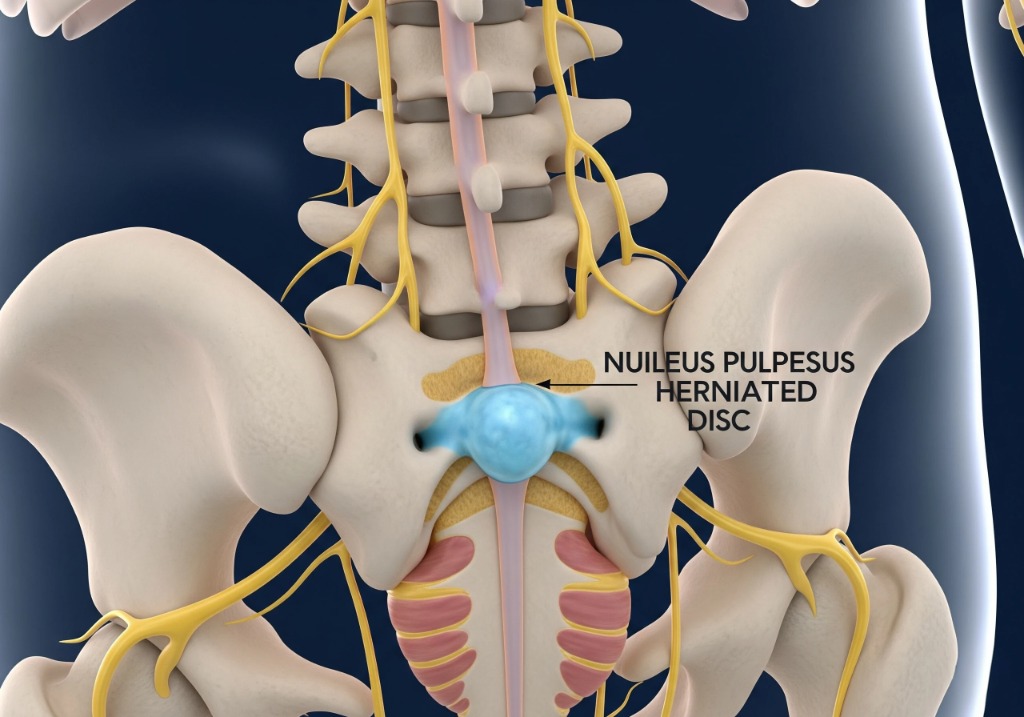A herniated disc, also referred to as a slipped or ruptured disc, happens when the soft inner gel of a spinal disc leaks out through a tear in the tougher outer layer. This condition can place pressure on nearby nerves, leading to symptoms such as back or neck pain, tingling, numbness, or weakness in the limbs. While the experience can be painful and limiting, the good news is that most people recover without surgery through a combination of rest, physical therapy, and lifestyle changes.
In this guide, we’ll cover the causes, symptoms, and the most effective treatments available for a herniated disc.
What Causes a Herniated Disc?
Herniated discs often result from gradual wear and tear, a process known as disc degeneration. As we age, our spinal discs lose flexibility, making them more prone to tearing or rupturing with even minor strain or twisting. However, certain activities and risk factors increase the chances:
- Heavy lifting with poor form
- Sudden trauma, such as a fall or car accident
- Repetitive movements or prolonged sitting
- Obesity, which adds pressure on the spine
- Smoking, which reduces oxygen supply to spinal tissues
- Genetics (a family history of disc issues)
Common Symptoms
Symptoms vary depending on the location and severity of the herniation. In many cases, herniated disc occurs in the lower back (lumbar spine), but they can also affect the neck (cervical spine).
Typical symptoms include:
- Sharp or radiating pain in the lower back, buttocks, thighs, or shoulders
- Numbness or tingling in the arms, legs, hands, or feet
- Muscle weakness that may cause stumbling or grip issues
- Worsening pain with movement, coughing, or sitting for long periods
If a herniated disc compresses the spinal cord, it may cause loss of bladder or bowel control—a medical emergency that requires immediate attention.
When to See a Doctor
While mild back pain can often be managed at home, it’s important to consult a healthcare provider if:
- Pain persists for more than a few weeks
- You experience numbness or weakness
- The pain radiates down your limbs
- Daily activities become difficult
- You lose control over bladder or bowel function
A physical exam, MRI, or CT scan may be used to diagnose the herniation and guide herniated disc treatment decisions.
Non-Surgical Treatment Options
For many patients, herniated discs improve within a few weeks or months through non-invasive methods. Some of the most effective treatments include:
1. Rest and Activity Modification
Short-term rest can ease inflammation, but complete bed rest should be avoided. Gentle movements and avoiding activities that worsen symptoms are key.
2. Physical Therapy
A trained physical therapist can guide you through exercises to improve flexibility, strengthen back and core muscles, and reduce pressure on the affected disc.
3. Medications
- Pain relievers like acetaminophen or NSAIDs
- Muscle relaxants for spasms
- Oral steroids to reduce inflammation
- Epidural steroid injections for longer-lasting relief
4. Heat and Cold Therapy
Alternating heat and cold packs can relieve muscle tension and reduce inflammation.
5. Chiropractic Care or Acupuncture
Some patients find relief through alternative therapies like spinal adjustments or acupuncture, though results vary individually.
Surgical Treatment (When Necessary)
Surgery is typically considered when:
- Conservative treatments fail after 6–12 weeks
- There is significant nerve compression
- Symptoms are severe or worsening
Common procedures include:
- Microdiscectomy – removal of the herniated part of the disc
- Laminectomy – removal of part of the vertebra to relieve pressure
- Disc replacement or spinal fusion in rare, complex cases
Most surgical procedures today are minimally invasive and have short recovery times.
Lifestyle and Prevention
Even after treatment, it’s important to protect your spine:
- Maintain a healthy weight
- Practice good posture
- Exercise regularly, focusing on core strength
- Avoid lifting with your back—use your legs instead
- Quit smoking, which can weaken spinal discs
Final Thoughts
A herniated disc can feel overwhelming, but it’s often manageable with the right approach. Many people return to their normal routines with little or no long-term effects. Whether you’re in the early stages of diagnosis or exploring treatment options, staying informed and working with a knowledgeable care team can lead you back to comfort and mobility.
Your spine is central to your well-being—take care of it, and it will support you for life.



